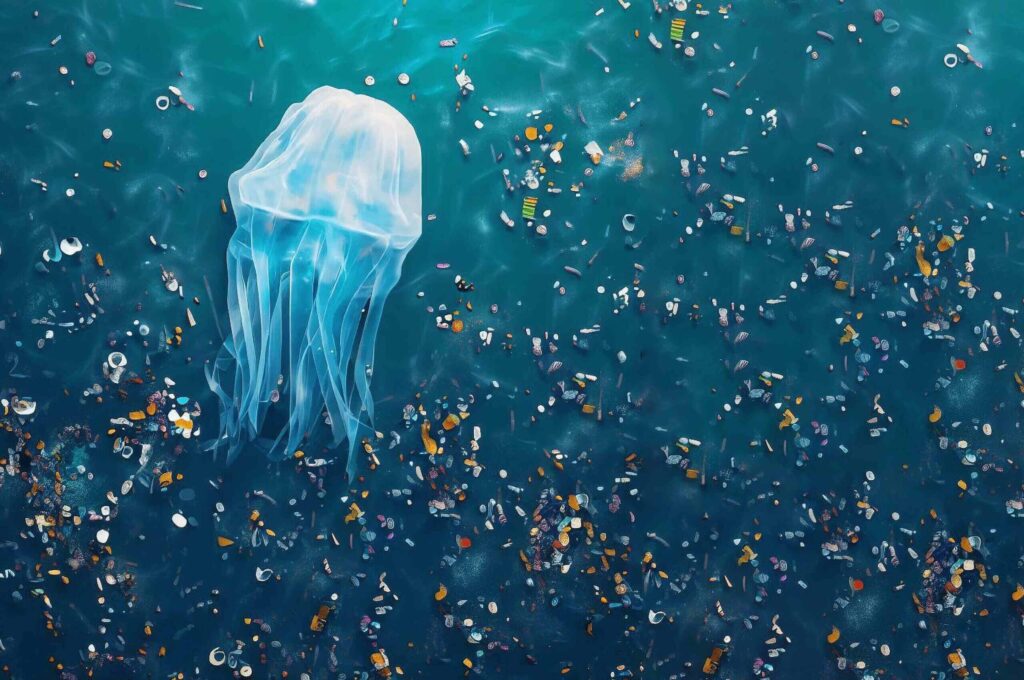Microplastics, tiny plastic fragments less than 5 millimeters in size, have become a pervasive pollutant across the globe. Their small size allows them to infiltrate everywhere, posing a significant threat to our environment and potentially even our health. Here are 10 disturbing facts about microplastics to raise awareness about this growing problem:
Everywhere You Look, There’s Microplastic: Microplastics have been found in a shocking array of places, from the deepest ocean trenches to the peaks of mountains. They contaminate our oceans, rivers, and even our food chain.
Hidden in Your Pantry: Microplastic contamination isn’t limited to the environment. Studies have detected microplastics in bottled water, table salt, and even beer. The source? Plastic packaging and manufacturing processes.
Fashion Faux Pas: Synthetic clothing sheds microplastic fibers with every wash. These tiny fibers then enter our waterways and ultimately, the food chain. Our love for fast fashion comes at a hidden environmental cost.
Cosmetic Concerns: Microplastics lurk in many exfoliating scrubs and facial cleansers. These plastic beads are designed to wash away, but instead, they end up polluting our water sources. Look for eco-friendly alternatives with natural exfoliants.
A Feast for Unwanted Guests: Microplastics act like tiny magnets, attracting harmful pollutants and pathogens. Marine life ingesting microplastics can become contaminated with these toxins, putting their health and potentially ours at risk.
Brain Invaders? Emerging research suggests microplastics may be able to cross the blood-brain barrier in fish. The potential implications for human health, if any, are still being studied, but it raises a chilling concern.
From Your Tap to Your Table: Microplastics have been detected in tap water around the world. While filtration methods can remove some, it’s a stark reminder of the pervasiveness of plastic pollution.
Microplastic in Your Seafood Dinner: Shellfish like mussels and oysters are filter feeders, meaning they ingest microplastics alongside their food. The consequences for human consumption of these microplastics are still under investigation.
A Perilous Legacy: Microplastics don’t biodegrade; they simply break down into smaller and smaller fragments. This means the plastic pollution we generate today will persist in the environment for centuries to come.
A Call to Action: The issue of microplastics is complex, but there are steps we can take. Reduce your reliance on single-use plastics, choose natural fiber clothing, and support companies committed to sustainable practices. Every little bit helps!
